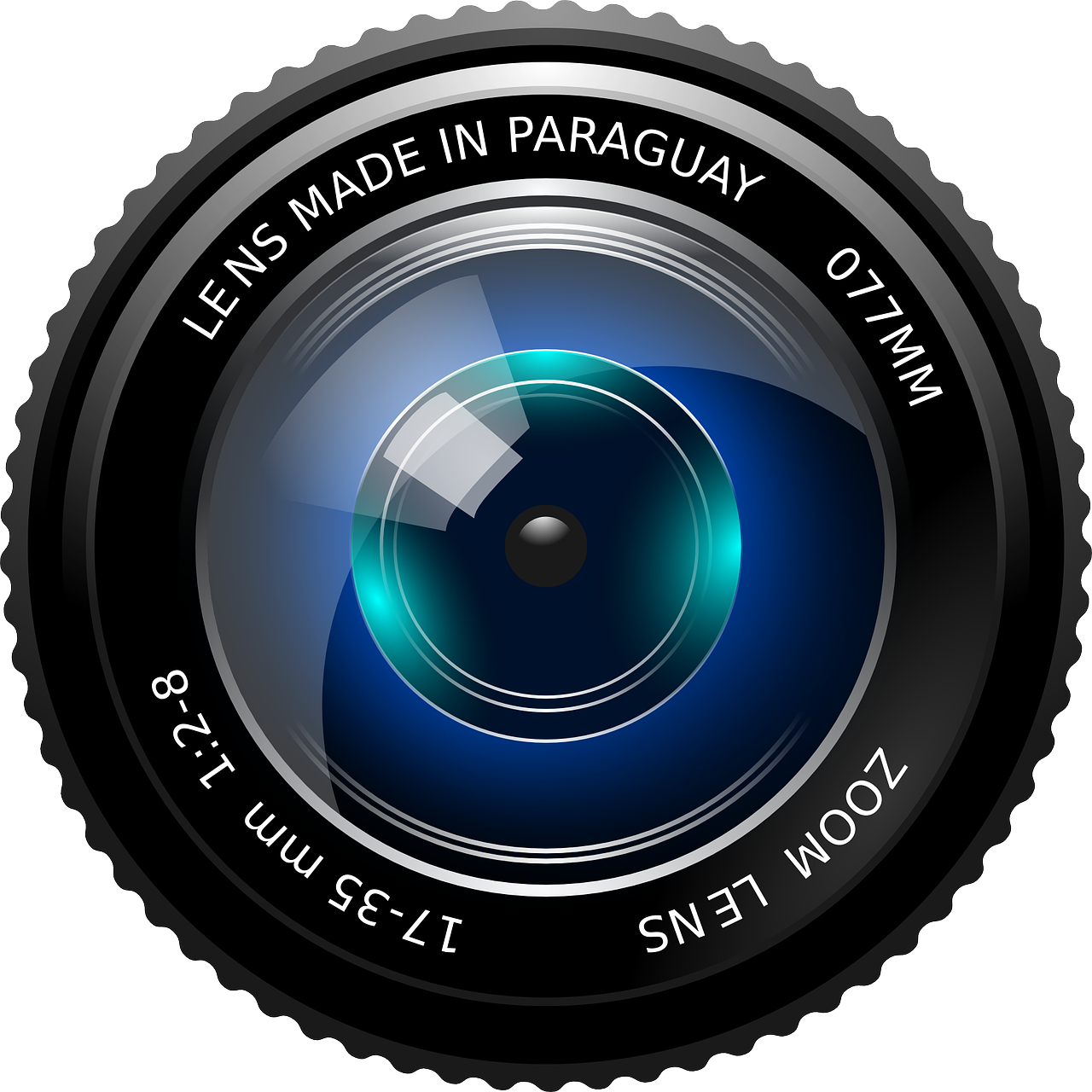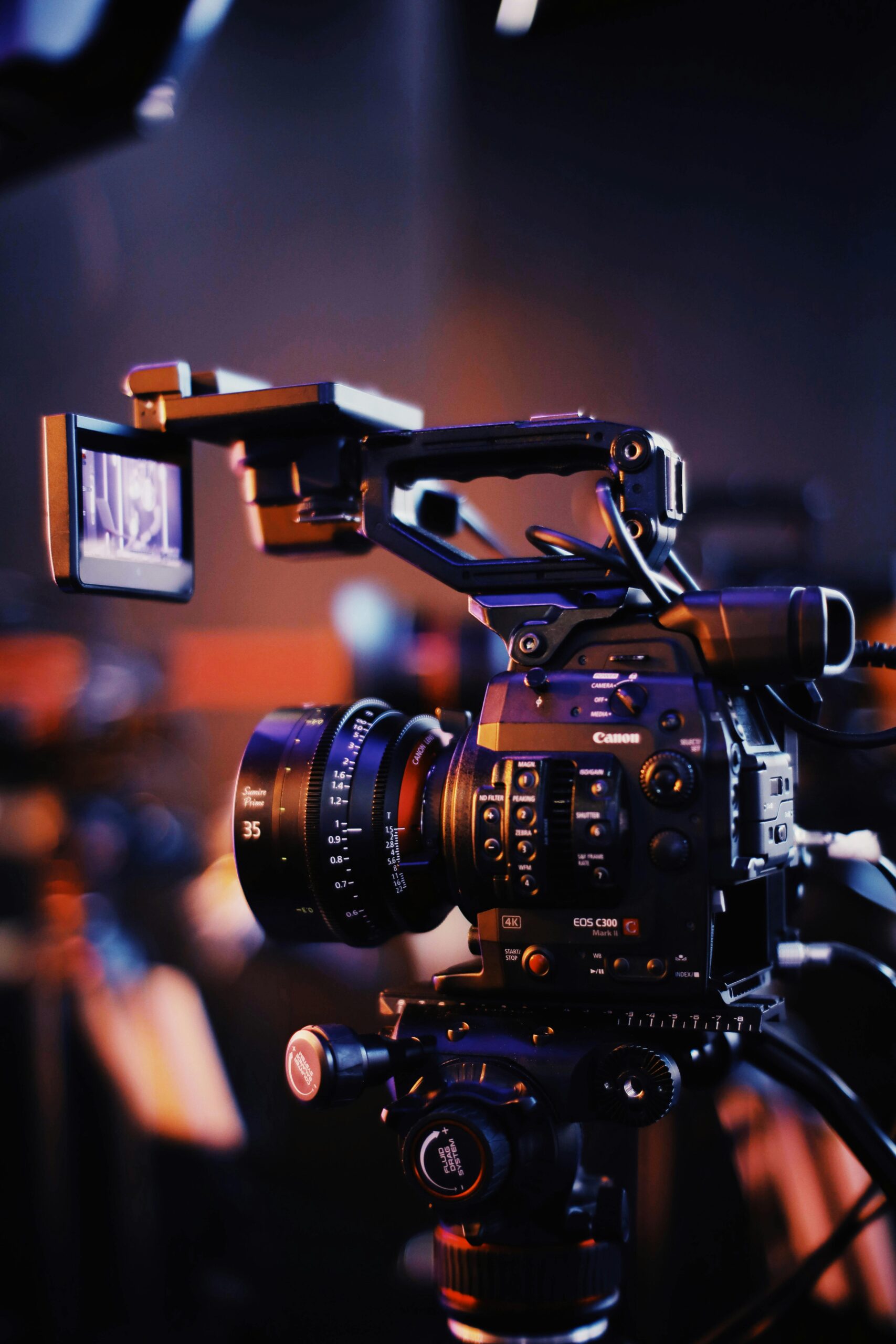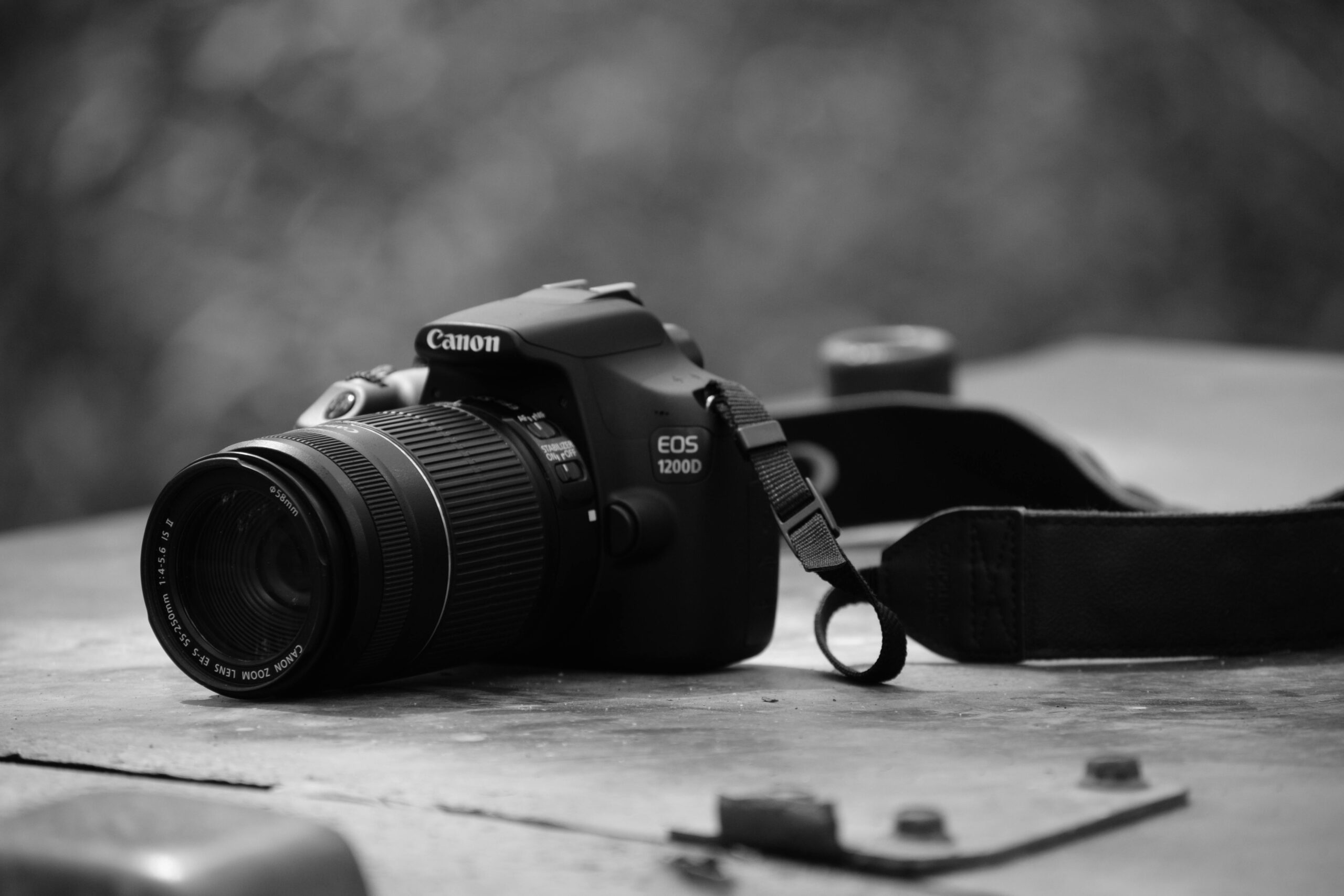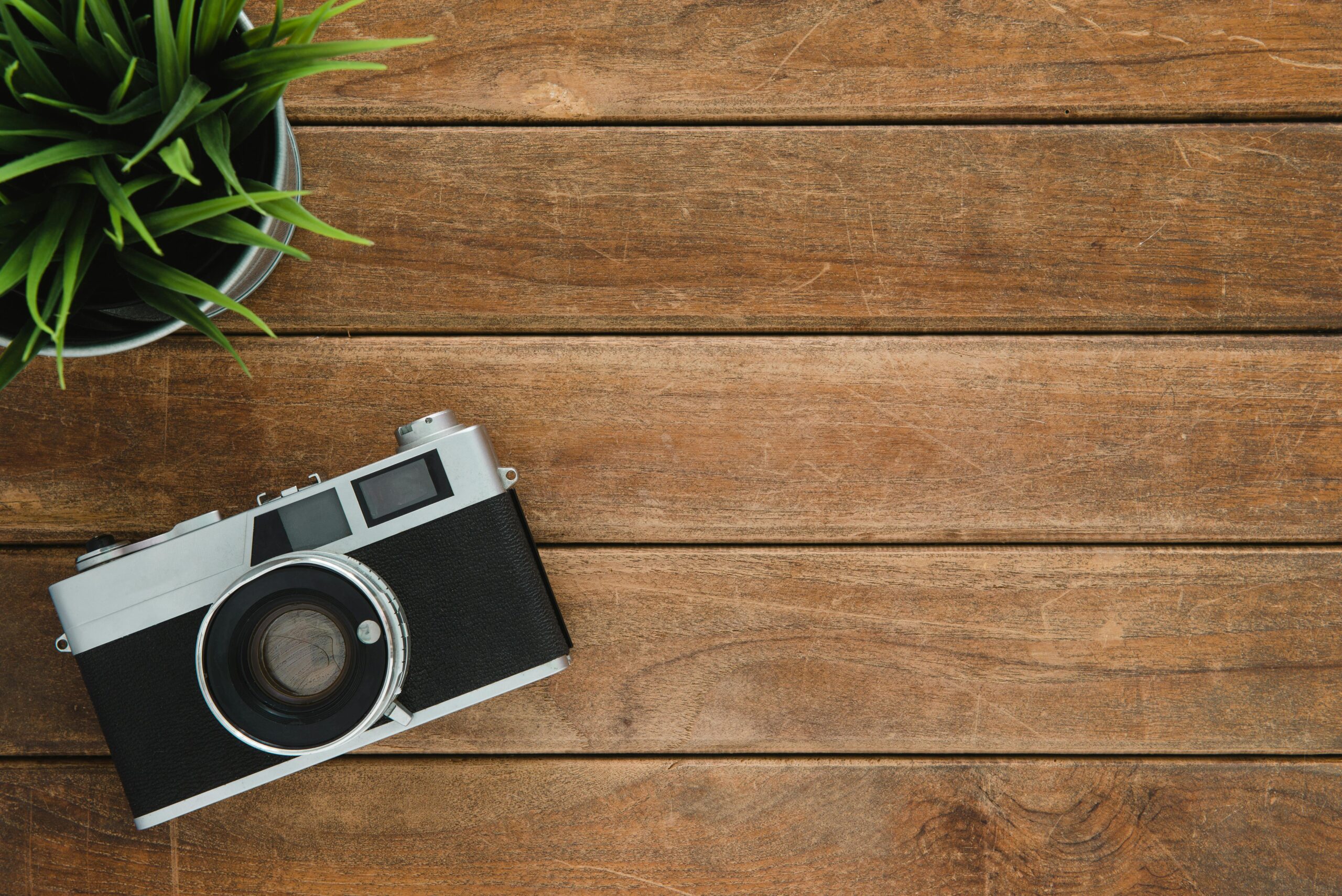Photography is not just a career for many; it’s far an art shape, an ardor, and a way of existence. Whether you are a pro professional, an aspiring photographer, or an enthusiastic hobbyist, your digital camera equipment represents a vast monetary funding. From lenses to cameras, tripods, and accessories, photographers pour time, cash, and effort into their devices to capture that ideal moment. However, no matter cautious handling and maintenance, injuries can happen, and equipment can spoil or get broken beyond repair. This is where camera coverage will become essential. In this newsletter, we can explore why digicam coverage is necessary for each photographer and cope with regularly requested questions to help you make a knowledgeable selection.
1. Understanding the Importance of Camera Insurance
Photography systems, specifically professional cameras and lenses, can be steeply priced. A respectable digicam setup can cost thousands of dollars, even for hobbyists. The danger of harm or theft is usually present, whether from a drop, water exposure, or a natural disaster. Without coverage, photographers bear the total economic burden of maintenance or replacements, which could lead to sizable financial losses.
Types of Risks Covered via Camera Insurance:
Accidental harm includes losing your digital camera, lens malfunctions, or troubles arising from rough coping.
Theft or loss: This is particularly crucial when journeying, attending activities, or operating in surprising places where the system is probably lost or stolen.
Natural screw-ups: Floods, fires, or earthquakes could smash your equipment, leaving you without coverage except insured.
Equipment malfunction: Even if you adequately care for your equipment, breakdowns due to manufacturing defects or standard wear and tear can occur.
Liability insurance: If your digital camera causes harm to a person else’s belongings, liability insurance can help cover the prices.
2. The Financial Protection Camera Insurance Offers
Without insurance, any damage or lack of device must be paid for out-of-pocket. This can be a substantial economic setback, mainly for freelance photographers who depend on their gadgets for their livelihood. Let’s look at the potential costs you may face:
Replacement value: High-end cameras, lenses, and accessories are expensive. A single incident of theft or harm could cost you thousands of dollars. Insurance protects against these costs by providing a monetary protection net.
Repair prices: In the event of a twist of fate, digicam maintenance may be high priced. Camera coverage can help cover maintenance costs, allowing you to fix your equipment without breaking the financial institution.
Peace of mind: Knowing that you are protected from unexpected occasions permits you to focus on your work rather than worrying about the opportunity of catastrophic harm or loss.
3. Protecting Your Business
For professional photographers who rely upon their tools to earn a living, digital camera insurance isn’t always only a protection net—it’s an enterprise necessity. Without it, a damaged digital camera or lens may cause canceled bookings, neglected possibilities, or economic instability.
How Camera Insurance Benefits a Photography Business:
Business continuity: With Digicam coverage, you can quickly replace or restore broken systems, ensuring your enterprise continues to perform smoothly.
Client assurance: If you are hired for an excessive-profile event, customers will count on you to have dependable gadgets. Insurance indicates professionalism and gives customers self-belief that any mishap will now not disrupt their event.
Coverage for the duration of the journey: Photographers who tour for paintings, especially internationally, are more susceptible to robbery or harm. Insurance offers protection when taking pictures abroad, whether in airports, hotels, or on location.
4. Different Types of Camera Insurance
Not all digicam coverage regulations are equal. It’s crucial to know the one-of-a-kind varieties of insurance coverage available and choose the one that best suits your needs. Some of the most commonplace sorts include:
Accidental Damage Insurance: This covers incidents where a gadget is broken accidentally, including when a camera or lens is dropped.
Theft Insurance: Provides reimbursement in case your gadget is stolen. This is especially beneficial for photographers operating in high-threat regions or on multiple occasions.
Comprehensive Insurance: Complete coverage typically includes safety against accidental damage, robbery, and natural screw-ups.
Liability Insurance: This policy protects you if your digicam harms someone else’s belongings or injures a person while you’re running.
Equipment Breakdown Insurance Covers upkeep for cameras and lenses that malfunction or break down due to regular wear and tear.
5. Choosing the Right Camera Insurance Policy
Selecting the proper digital camera insurance policy is essential to ensure your tools are sufficiently included. Here are a few factors to don’t forget whilst choosing an insurance issuer:
Cost of coverage: Consider the top class you’ll pay for the insurance coverage instead of the potential fees of changing or repairing damaged gear.
Type of coverage: Make certain the policy covers all capability dangers, theft, unintended damage, and legal responsibility.
Deductibles: Some guidelines also have a deductible, which you’ll pay out of pocket before coverage. Be sure you recognize this fee.
Geographical insurance: Ensure your equipment is covered domestically and internationally if you regularly travel for paintings.
Claim manner: Look for a provider that offers a streamlined and efficient claims procedure in case of an incident.
Reputation: Read critiques and get recommendations from different photographers to ensure the insurance issuer has an excellent song report on handling claims well.
6. The Risk of Not Having Camera Insurance
Failing to get digital camera insurance can have disastrous consequences for amateurs and professionals. Without coverage, you’ll be charged the full value of changing or repairing your tools, which may be financially overwhelming.
Potential Consequences of Not Having Insurance:
Lost profits: If you depend on your digital camera device to make a living, any damage or robbery should prevent you from running, which can lead to a loss of profits.
Unforeseen charges: Repairing or changing gadgets out of pocket can strain your budget. Without insurance, you can need to borrow money or reduce again on other fees to cover those costs.
Missed opportunities: Without a helpful system, you may leave out essential jobs or initiatives, harming your recognition and business potential.
(FAQs)
Q1: Is Digicam insurance worth it for a hobbyist photographer?
Yes, even hobbyist photographers can benefit from digital camera insurance. While the economic burden won’t be as huge as for a professional photographer, changing or repairing high-give-up cameras and lenses can be steeply priced. Insurance gives peace of mind and safety from unexpected occasions.
Q2: Do digital camera insurance cowl accessories like tripods or memory playing cards?
This depends on the insurance provider and policy you pick out. Some rules may also cover add-ons such as tripods, flashes, or memory cards, while others may only cover the digital camera and lenses. Check the terms and conditions of your policy to see what’s covered.
Q3: How much does Digicam insurance usually value?
The value of Digicam coverage depends on numerous factors, including the price of your gear, the kind of insurance you choose, and your location. On average, you may pay between 5% and 10% of the full fee of your gear yearly. For instance, if your digicam and lens setup is worth $5,000, you may pay around $250 to $500 a year for coverage.
Q4: Will my digicam be blanketed if I’m traveling overseas?
Many insurance guidelines provide global coverage, but verifying this with your insurance provider before you travel is essential. Some guidelines might also have specific exclusions or boundaries on remote places insurance, so usually check the fine print.
Q5: Can I insure one digicam or lens, or must I insure all of my equipment?
Most coverage guidelines allow you to insure individual portions of a device. However, if you have multiple cameras, lenses, and add-ons, ensuring your tools are under one complete policy may be more cost-effective.
Decision
Camera coverage is acritical for each photographer, whether or not they’re just starting or have been in the commercial enterprise for years. The capability costs of changing or repairing broken gear are high, and without insurance, photographers risk not only monetary loss but additionally interruptions to their commercial enterprise or hobby. By investing in propinerage policy, photographers can defend their tools, hold their livelihood, and be aware of what they do quality—shoot beautiful pix. Whether you are a hobbyist or a professional, camera coverage affords precious safety and peace of thoughts in an unpredictable world.














